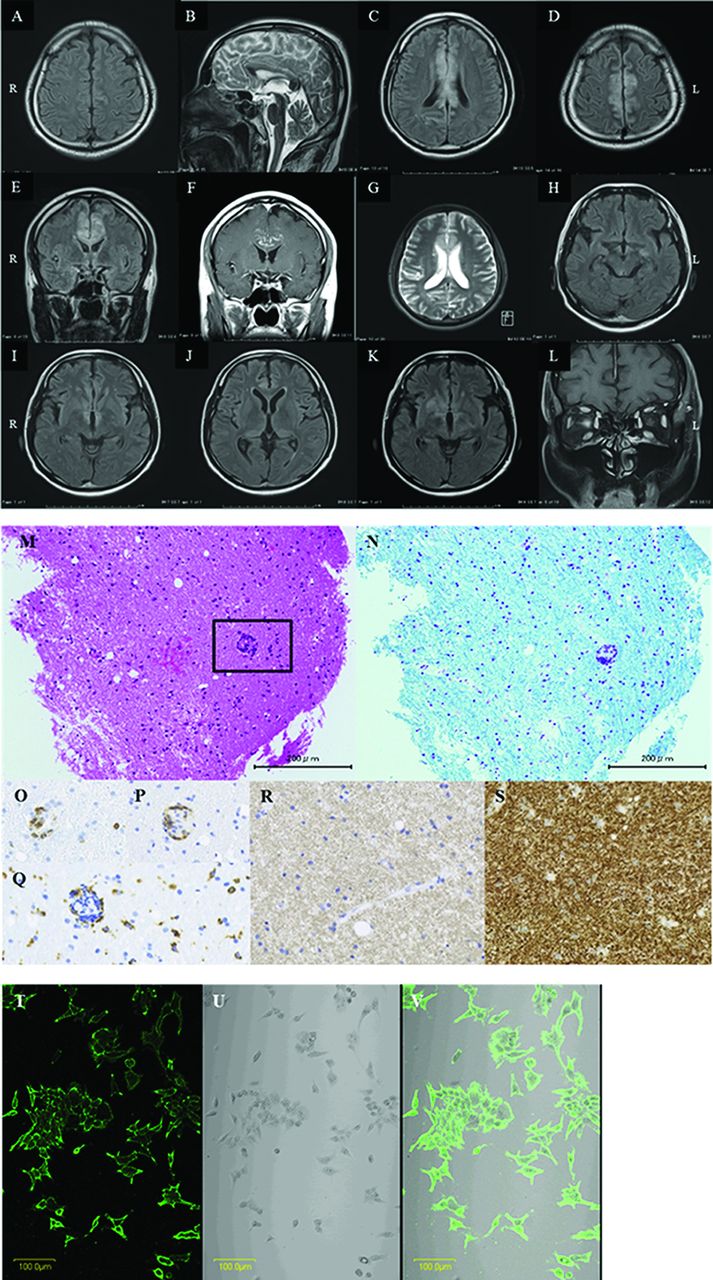

Salama S, Khan M, Shanechi A et al (2020) MRI differences between MOG antibody disease and AQP4 NMOSD. Reindl M, Waters P (2019) Myelin oligodendrocyte glycoprotein antibodies in neurological disease. Presence of anti-M2 antibodies in central nervous system tissue and the possible role of M2 autoantigen in the induction of the disease. Lebar R, Baudrimont M, Vincent C (1989) Chronic experimental autoimmune encephalomyelitis in the guinea pig. Though majority of MOG-E have a good clinical outcome, few patients can have chronic progressive disease even on immunosuppressive therapy. FLAIR cortical hyperintensity, tumefactive demyelination, and leukodystrophy-like presentations are novel radiological presentations associated with MOGAD.

MOG-E can have heterogeneous radiological presentations. Patient with leukodystrophy pattern and other with generalized CNS atrophy showed a chronic progressive course. Twelve of 16 (75%) patients had a good clinical outcome. Three patients had tumefactive demyelination, and one patient had a leukodystrophy-like lesion. Supratentorial deep gray nuclei were involved in 10/16 (62.5%) patients. FLAIR cortical hyperintensity was present in 10/16 (62.5%) patients. Headache and seizure were present in 9/16 (56.2%) and 7/16 (43.75%) patients, respectively. Twelve out of sixteen patients (75%) had fever at the time of encephalitis. The median age of the encephalitis population was significantly lower than the non-encephalitis group (14.5 years (11.75–18) vs. We identified sixteen patients (nine males and seven females) with MOG-E. We collected the clinical, radiological, laboratory, and outcome data of the patients who presented with encephalitis and compared it with the non-encephalitis group. Sixty-four patients with MOGAD were screened for encephalitis-like presentation. In this study, we aimed to describe the spectrum of MOG-E. Recently, patients with MOG antibody encephalitis (MOG-E) who do not fulfill the criteria for ADEM have been reported. Backgroundĭuring the past decade, the spectrum of the myelin oligodendrocyte glycoprotein antibody-associated diseases (MOGAD) has expanded. The objective was to describe the clinical presentations, radiologic features, and outcomes of patients with autoimmune encephalitis associated with myelin oligodendrocyte glycoprotein antibody (MOG).


 0 kommentar(er)
0 kommentar(er)
